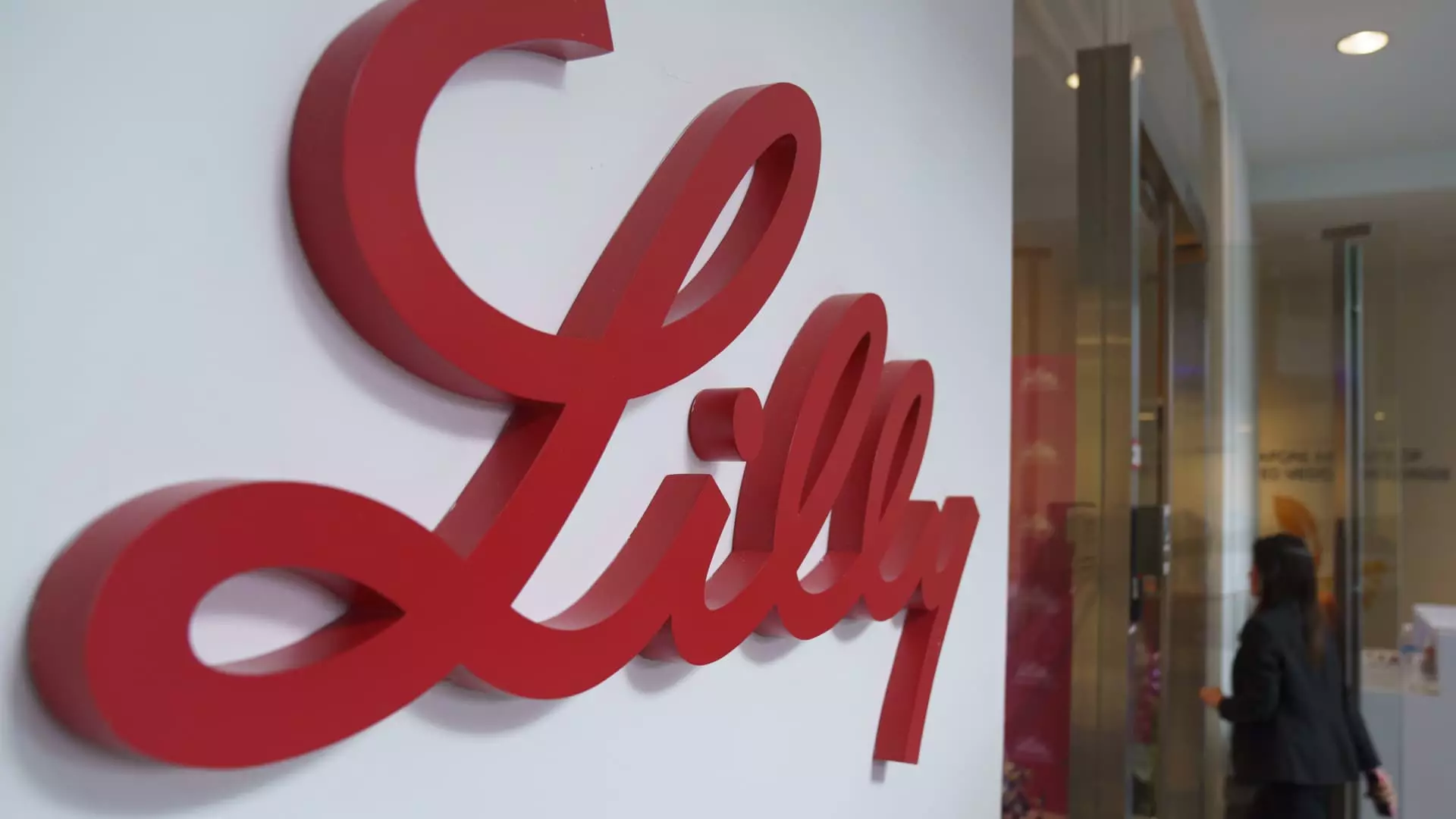Eli Lilly, a prominent player in the pharmaceuticals industry, delivered disappointing news on Tuesday by lowering its revenue expectations for the coming year. The company now anticipates reaching approximately $45 billion in total revenue for 2024, a notable drop from its previous estimate of between $45.4 billion and $46 billion announced last October. This revision sent financial ripples through the market, causing Lilly’s stock to plummet by over 7% during midday trading. Although the new revenue projection signifies a 32% increase compared to the previous year, the dampened outlook raises questions about the firm’s ability to capitalize on the surging demand for its diabetes and weight loss medications.
Eli Lilly has aggressively expanded its production capabilities to fulfill the skyrocketing demand for its incretin drugs, such as Mounjaro and Zepbound. This investment strategy has yielded initial success; the U.S. Food and Drug Administration’s recent decision to lift the shortage declaration on tirzepatide—the active ingredient in both medications—suggests a returning stability to supply chains. However, the realization of this growth has not materialized as swiftly as the company anticipated. CEO Dave Ricks mentioned in a recent CNBC interview that Eli Lilly is poised to significantly boost production, with forecasts indicating a 60% increase in available doses in the first half of 2025 compared to the same timeframe in 2024.
The revised forecasts come in tandem with a competitive landscape defined by fierce rivalry, particularly from Novo Nordisk and other companies vying for dominance in the expanding weight loss and diabetes sectors. The urgency for Eli Lilly to innovate is palpable; the company has quickly moved to develop an oral version of its obesity medication that aims to offer greater convenience for patients. Ricks anticipates receiving approval for this new pill as soon as early 2025, which could redefine the accessibility of these critical therapies.
For the upcoming fourth quarter, Eli Lilly is projecting revenues to reach $13.5 billion, with significant contributions of around $3.5 billion from Mounjaro and $1.9 billion from Zepbound. However, these figures fall short of Wall Street expectations, which were set at $13.94 billion for the fourth quarter and approximately $45.49 billion for the full fiscal year. The gap between projections and actual sales raises concerns among investors and analysts, particularly regarding channel inventory levels that were below initial company estimates at year-end.
Despite the current challenges, Eli Lilly remains optimistic about its trajectory into 2025, forecasting revenues between $58 billion and $61 billion. The company’s ability to adapt to evolving market dynamics will be critical in regaining investor confidence. As Eli Lilly navigates these complexities, its strategies in manufacturing expansion, product innovation, and competitive positioning will shape its future in a rapidly evolving pharmaceutical market.

